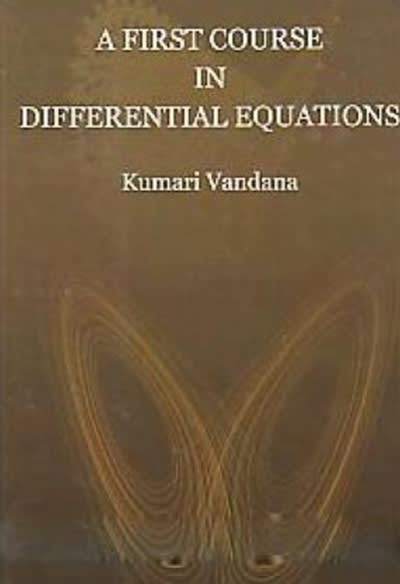Question
I Matching 1. Statistic a. Mean, median and mode 2. Population b. Likely to occur 3. Sample c. Graph of frequency distribution 4. Parameter d.
I Matching
1. Statistic a. Mean, median and mode
2. Population b. Likely to occur
3. Sample c. Graph of frequency distribution
4. Parameter d. Extracting Information
5. Quantitative e. P(correct)
6. Qualitative f. Involves conditional probability
7. Confidence Level g. Likelihood
8. Significance Level h. P(A and B) = P(A) x P(B)
9. Descriptive Statistics i. Cannot Occur Simultaneously
10. Inferential Statistics j. All possible outcomes
11. Central Tendency k. Two Independent Outcomes
12. Variability l. Statistics Inferring Parameters
13. Probability m. Chart Of Class Intervals
14. Probability Range n. (nCr)(p^r)[q^(n-r)]
15. Random Variable o. 0 P(E) 1
16. Frequency Distribution p. Could occur
17. Probable q. P(error)
18. Sample Space r. Represents outcomes as numerical values
19. Equally Likely Events s. P(A)=P(B)
20. Independent Events t. Range, variance and standard deviation
21. Binomial Distribution u. Numerical
22. Dependent events v. Categorical
23. Histogram w. Sample measure
24. Mutually Exclusive Events x. Entire Group
25. Binomial Experiment y. Population Measure
26. Possible z. Subset of population
II.Answer (T) for True and (F) for False.
1. A measure computed from a sample to describe a characteristic of the population is a statistic.
2.Estimating characteristics of the population is the main goal of descriptive statistics.
3. A stem-and-leaf display reveals less information relative to individual values than does a histogram.
4. The difference between a histogram and a bar chart is that a histogram represents interval data; whereas, a
bar graph represents nominal data.
5. The technique of stretching the vertical axis and shrinking the horizontal axis has the effect of making the
slope of a graph visually (but not numerically) steeper.
6. Two classifications of statistical descriptions are measures of central tendency and measures of variability.
7. A data sample with mean 127, median 122 and mode 134 will be negatively skewed.
8. If P(A)=0.84, P(B)=0.76 and P(A or B)=0.90, then P(A and B)=0.6384.
9. The coefficient of variation allows us to compare two sets of data based on different measurement units.
10. Chebysheff's theorem only applies to mound shaped data distributions.
11. In a sample of 25 with standard deviation 4 the sum of squared deviations from the sample mean is 96.
12. The sum of the mean deviations in a data set always equals zero.
13. In designing a questionnaire, demographic and open-ended questions must be avoided.
14. The wording of a questionnaire may cause nonsampling error.
15. Sampling error decreases with an increase in sample size.
16. Probability refers to a number between zero and one that expresses the likelihood of an event.
17. If P(A)=0.35, P(B)=0.45 and P(A and B)=0.2502, then P(A given B)=0.556.
18. The probability of a "certain event" is 1 while the probability of an "impossible event" is 0.
19. Two or more events are said to be mutually exclusive whenever they cannot occur simultaneously.
20. When events A and B are mutually exclusive and exhaustive, then P(A and B) = 0.
21. If R and S are independent events with P(R) = 0.30 and P(S) = 0.50, then P(R or S) = 0.65.
22. Two events A and B are independent if P(A and B) = P(A) x P(B).
23. If P(E) = 0.7 then the P(E Complement) = 0.03.
24. A relative frequency approach is used to interpret probability statements such as those of meteorologists.
25. Suzy and Fran toss a coin over cab fare. The probability that Suzy will pay five days in a row is 0.03125.
26. The variance of a data set could be smaller than its standard deviation.
27. Given a binomial random variable X with n=10 and p=0.75, the probability that x =5 is 0.058.
28. Given a binomial random variable X with n=5 and p=0.4, then P(x is at least 2) is 0.317.
29. The mean of a binomial distribution with n=50 and p=0.8 is 8.
30. The standard deviation of a binomial distribution with n=100 and p=0.6 is 24.
Step by Step Solution
There are 3 Steps involved in it
Step: 1

Get Instant Access to Expert-Tailored Solutions
See step-by-step solutions with expert insights and AI powered tools for academic success
Step: 2

Step: 3

Ace Your Homework with AI
Get the answers you need in no time with our AI-driven, step-by-step assistance
Get Started


